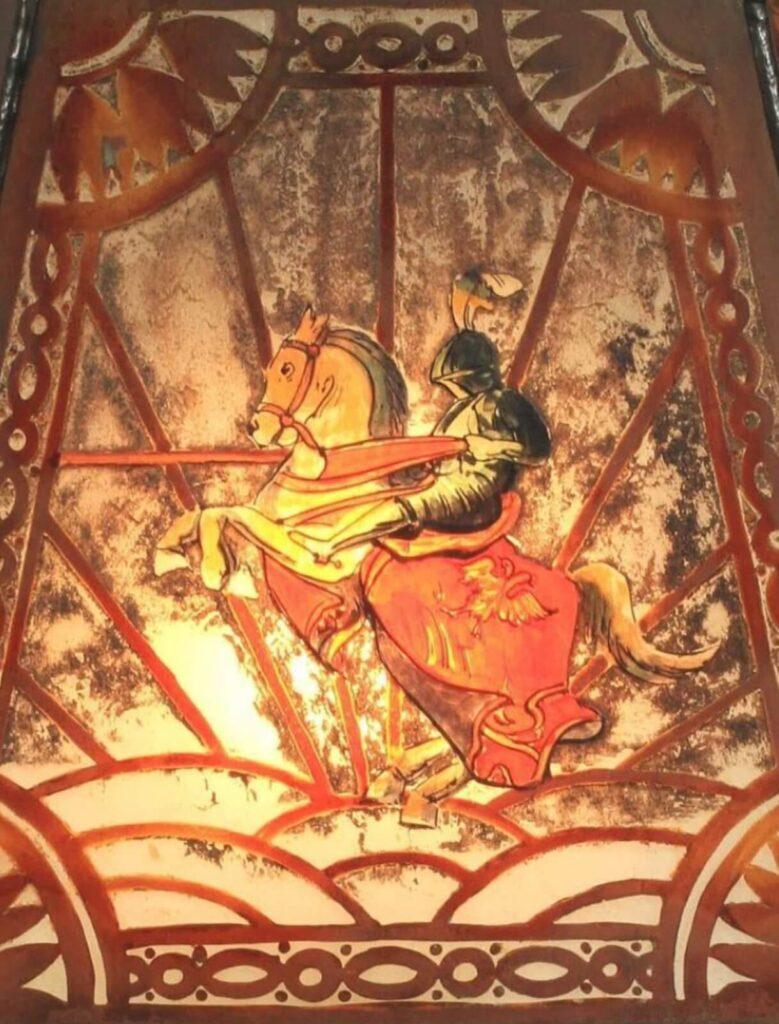
PRESS RELEASE FOR IMMEDIATE RELEASE
August 1, 2019 DuMouchelle Art Galleries
Detroit, MI July, 2019 – A rare assemblage of Pewabic Pottery with ties to the pottery’s founder, Mary
Chase (nee Perry) Stratton, her husband, William “Buck” Stratton, and Mrs. Stratton’s assistant, Ella
Peters was the highlight of DuMouchelle Art Galleries’ July Estate auction. The collection was consigned
by the family of Kathleen Bell, a close friend of Ella Peters and her husband Ira. Ella Peters was Mrs.
Stratton’s Bookkeeper and Assistant until Mrs. Stratton’s death in 1961. Mrs. Peters stayed on as an
advisor until pottery operations were gifted by the son of the founder, Horace Caulkins, to Michigan
State University in 1969. The collection not only included rare pieces made by Mary Chase Perry in her
Stable-Studios, but also included pieces specifically made for Ira and Ella peters – these pieces were
inscribed on the underside “Ira and Ella” prior to firing. Joan DuMouchelle Walker, President of
DuMouchelle Art Galleries, said: “Not since we sold the Caulkins family collection in 1989, have we been
able to offer a collection with such strong provenance tracing back to Mary Chase Stratton. Ella Peters
was an essential part of the Pewabic operation as well as a trusted friend and confidant to Mrs. Stratton.
Many believe that Ella Peters was essential in maintaining the company’s financial health after the Great
Depression and, again, after Mrs. Stratton’s death. It is because of the dedication of Ella Peters, the
generosity of the Caulkins family, and willingness of Michigan State University to maintain pottery
operations until the Pewabic Society was formed, that the Pottery is in existence to this day. Today, the
Pewabic Pottery is not only an integral part of Detroit’s artistic heritage, but also a thriving artistic
community – essential in the rebirth of our great city.”
The highlight of the collection was a monumental 17” flowing matte green glaze hand thrown Thistle
vase on a Pewabic white clay body. Its composition was comprised of applied leaves with interspersed
thistles atop their thorny stems. Adding to the vase’s importance was the early Pewabic Maple Leaf
Mark, signifying that it was one of the pottery’s early leaf forms made in the Stable-Studio prior to 1907.
After spirited bidding from the floor, internet, and telephone, the vase hammered down to a Detroit
collector for $30,000.
Other works that brought strong bidding included:
- A rare 4” vase having a copper band separating its matte green base glaze from its matte brown glaze at the shoulder. The vase sold for $3,750 against a $500 to $800 estimate.
- A 5” cerulean glaze vase with “E – P” incised on the underside sold for $1,900 against a $500 to $800 estimate. That the vase did not bear the Pewabic Pottery mark and, instead, was only marked with Ella Peters’ initials, added to its desirability.
- A 4” Copper luster glaze vase with teal and lavender tones brought $1,900 – just over its high estimate of $1,800. In this case, the underside of the vase bore the inscription “Ira and Ella” in copper glaze.
- A 5 ½” luster glazed pomegranate vase, similar to an example in the Cranbrook Museum collection, hammered for $2,000 meeting its high estimate.
- An 8 ½” Diameter Copper Glaze bowl, thrown by William “Buck” Stratton (Mrs. Stratton’s husband and noted architect) sold for $1,900. The vase was inscribed on the underside “WBS 1936”.
- A 6” gold luster glazed creamer with floral incised decoration, inscribed on the underside with Mr. Stratton’s initials, sold for $2,500 – despite having an old repair. The creamer was also featured on Antiques Roadshow in 2014.
- A highly unusual 5” Crater “Lava” glaze vase brought $1,700. Well above its $600 -$800 estimate.
When asked about the sale results, Joan DuMouchelle Walker said: “While we have noted a correction
in American art pottery market over the last two decades, that has not been the case with Pewabic
Pottery. Interest in Pewabic Pottery, especially in the rarest pieces, has remained steady and, in recent
years, has seen an uptick. Pewabic not only has a strong local Detroit collector base, but we have also
noted increased bidding from collectors on the East and West Coasts. There are myriad reasons for this,
which include: the uniqueness of Mary Chase Stratton’s forms and glazes, the comparative limited
production, and the importance of many of the pottery’s architectural commissions. Pewabic Pottery did
not become a full-blown factory like many of its peers and Mrs. Stratton never stopped experimenting
with her glazes. As a result, the quantity of choice material available for collectors is limited and the
variation in forms and glazes are as unique as they are difficult to acquire.”
